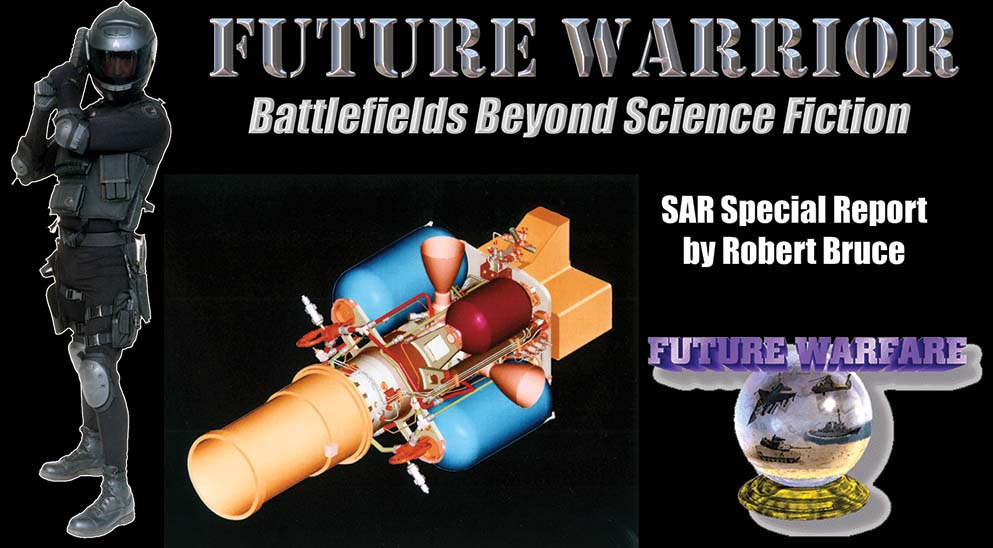by Robert Bruce
Small Arms Review presents the final installment of a three-part series on the evolution of the American infantry soldier in the 21st Century.
“My suit has the ability to stop a rifle bullet. It is made of a material that is as flexible as my football jersey but gets hard as steel when a bullet or knife is pushed into it. The material has some kind of chemical in it that lets fresh air pass through it but stops and destroys chemical warfare agents. If I do get injured, the suit automatically inflates over the wound, stopping the bleeding and applying medicine to the injury until our medic can come help me.” Letter from a soldier, 30 October 2017, (US Army OFW Panel, December 2001)
Our journey through time from Land Warrior to Objective Force Warrior has now arrived at the battlefield of the year 2020. Weapons and equipment used by all combatants – friend and foe – are the result of more than two decades of accelerated scientific development, with capabilities previously only imagined by Hollywood special effects wizards.
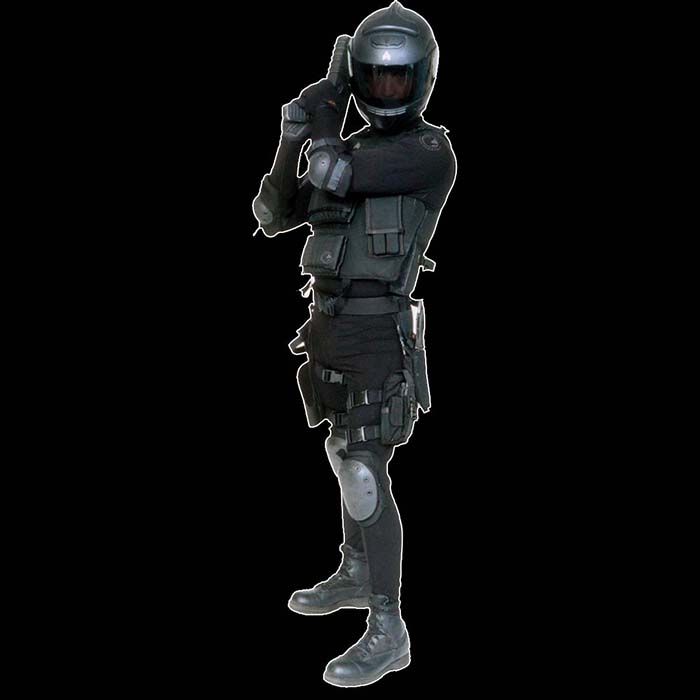
Everything is lighter, faster, smarter, and more lethal, including tiny computers that read our minds and swarms of self-programming robots of all sizes and shapes that scout, report, organize, and kill with steerable munitions and energy beams. Self-replicating organisms, and nano-robots far smaller than the period at the end of this sentence, will attack and destroy specific targets including the human nervous system and enemy computer components. How the hell did this happen?
Army After Next
While untold numbers of senior military leaders since the end of World War II have applied their expertise and imagination to projecting warfare into the foreseeable future, the process wasn’t well organized until 1996 when the US Army’s Training and Doctrine Command (TRADOC) created the “Army After Next” working group.
Recommendations from this small, multi-service core of officers set in motion an enormous and wide reaching endeavor that has spread to universities, government and industry laboratories, think tanks, and even back to Hollywood. Hundreds of millions of dollars have already been spent and billions more will follow in financing new and improved ways to keep America and her allies at the cutting edge of combat.
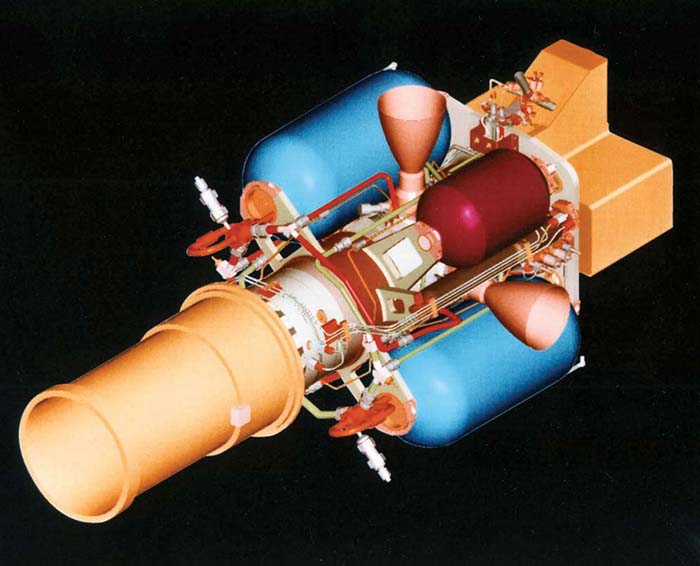
DARPA Does it All
A bewildering array of players are in this ultimate-stakes game, including big names like the government’s Department of Energy, defense mega-contractors like General Dynamics, and US Army Soldier and Biological Chemical Command. But all roads for research and development fan out from DARPA (Defense Advanced Research Projects Agency). This is a clearinghouse for military science with eight major technical offices that are each responsible for a mind-numbing list of programs.
Among these we find a full range from what looks like the wildest sci-fi speculation to get-it-now hardware for today’s fighters up to their eyeballs in the War on Terror. Just one example of the first category can be seen under the listings for Defense Science Office as “Brain Machine Interfaces.” The official description explains that this is intended to augment human performance by accessing brainwaves in real time so that computers can instantly know what we need them to do. And do it.

The second type is well represented by “Babylon” from the Information Awareness Office. Aptly named with possible inspiration from the biblical story of the Tower of Babel, its prototype was fielded in Afghanistan and future versions will give our soldiers a hand-held two-way translator that allows instantaneous communication between those who speak any of a dozen or more languages. Say “Surrender or die!” and the bad guys get the message right away.
DARPA’s website (www.darpa.mil) offers all sorts of handy information for outsiders who may want to help with or hurt the progress toward Future Warrior. Individual inventors, corporate funding sniffers and hostile intelligence agencies (like the Chinese, Russians and French) can follow various links to those agencies, firms and universities that are being highly paid to participate.
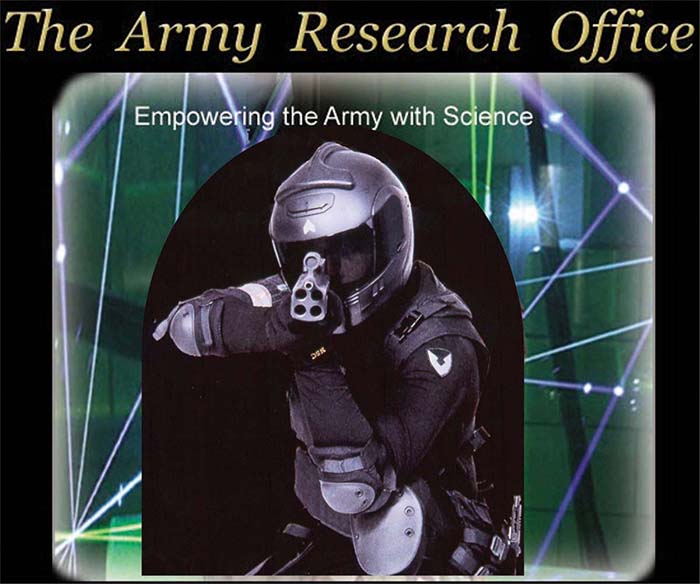
Gray Goo and Plastic Muscles
“Scientists believe that nanotechnology will soon give humans the ability to move and combine individual atoms and molecules into microscopically tiny mechanical, electrical, and biological ‘machines’….” (Center for Technology and National Security policy.)
The Institute for Soldier Nanotechnologies at MIT is a particularly interesting side trip from the DARPA superhighway, recently awarded a cool $50 million in American taxpayer dollars (plus $40 million more from defense industry sources) to explore military applications in all branches of the rapidly growing scientific field that includes all things measured in billionths of a meter!
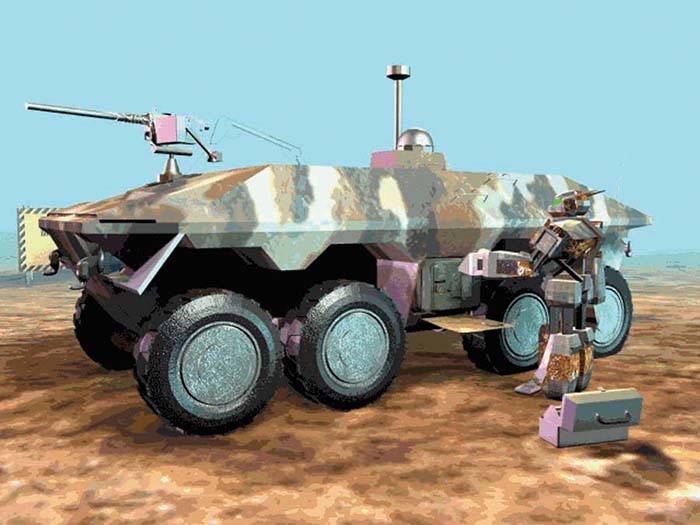
Seven research teams are at work at ISN and its industry partners DuPont and Raytheon to dramatically enhance Objective Force Warrior and Future Warrior’s protection, performance enhancement, injury prevention, and automatic wound treatment. For example, tomorrow’s uniform is likely to be spun from a variety of “intelligent polymer threads” that combine vastly superior body armor, instantly changeable camouflage patterns, and artificial muscles. This last has already been demonstrated in performance of a plastic “molecular muscle” that expands and contracts when an electrical charge is applied.
At the same time as this good stuff is being developed, some insiders are raising dire warnings about the “gray goo problem” where smart nano-robots themselves start building even smarter nano-robots and these begin to behave in decidedly antisocial ways toward humans and other machines. This nightmare scenario of uncontrollable, unstoppable replication of hostile biomechanical entities – particularly in the hands of an enemy state or fanatic doomsday terrorists – deserves serious consideration.
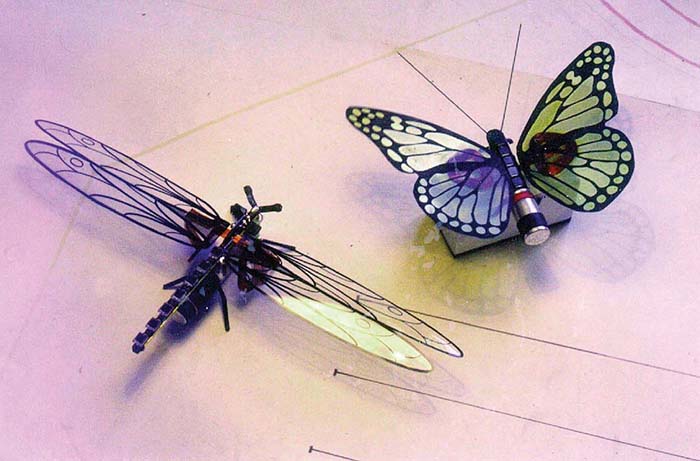
Future Warriors and Warriorettes
Future Warrior 2025 CIE Concepts is the official US Army information sheet from Soldier and Biological Chemical Command, providing a fascinating insight into how a broad framework for this enormous undertaking has been provided for the largest number of different contributors. It is reproduced here exactly as written so that our readers can enjoy both its flavor and substance:
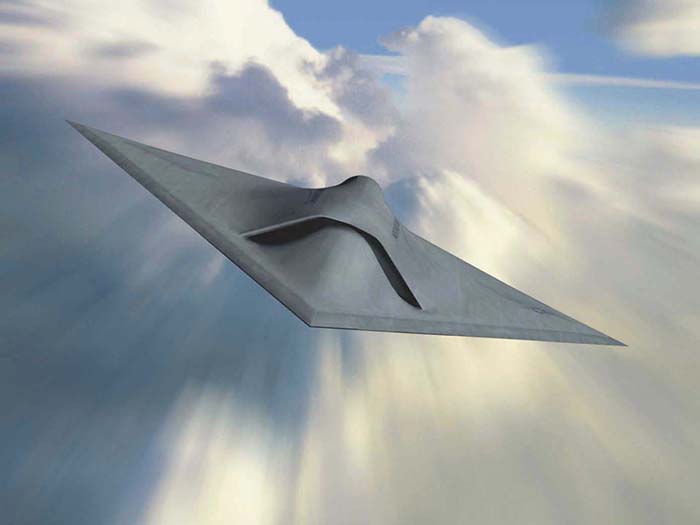
Overview
The future is always uncertain, but by applying logic and imagination to current situations and technologies, a conceptual representation of how soldiers might be equipped in the distant future has been developed. This conceptualization is not US Army doctrine, nor is it intended to answer every question raised by the Army After Next. It is intended to raise questions, stir imaginations, and start dialogue about how best to serve and equip our war fighters in the near future.
Description
The Future Warrior 2025 will be a completely integrated system, which will be tailored to each individual, from an electro-spun Combat Uniform to a biomechanically engineered Headgear Subsystem. There are six major subsystems included in the concept:
- The Headgear Subsystem, which we describe as Information Central, is the situational awareness hub of the system. It would include Integrated tactical processing (e.g., maps, routes, SA data); 180º emissive visor display; High data rate (GB/sec) communications; Microelectronic/optics combat sensor suite that provides 360º situational awareness; Integrated small arms protection in selected locations.
- The Combat Uniform Subsystem, which we describe as Survivability Central, contains three layers: the Protective Outer Layer, the Power Centric Layer, and the Life Critical Layer.
- The Weapon Subsystem, Lethality Central, permits direct and indirect target engagements. The weapon weighs 5 pounds, and combines five tubes of soft-launched, 15mm intelligent seeker munitions and one tube of stacked 4.6mm kinetic energy projectiles for close quarter combat.
- The Warfighter Physiological Status Monitor (WPSM) Subsystem collects information on the vital signs (core temperature, skin temperature, heart rate, blood pressure) hydration state, stress level (mouth sensors), thermal state, sleep status, and workload capacity of the warrior. The WPSM can also recommend remote triage care needed.
- The Micro-climate Conditioning Subsystem, a network of narrow tubing built into the material of the Life Critical Layer that provides 100 watts of heating or cooling to the warrior.
- The Power Subsystem, Duration Central, consists of a 2- to 20-watt Micro Turbine fueled by a liquid hydrocarbon. Ten ounces of fuel, contained in a lightweight plug-in cartridge, powers the soldier for up to six days. Polymeric nanofiber battery patches embedded in the headgear and weapon provide backup power for three hours.
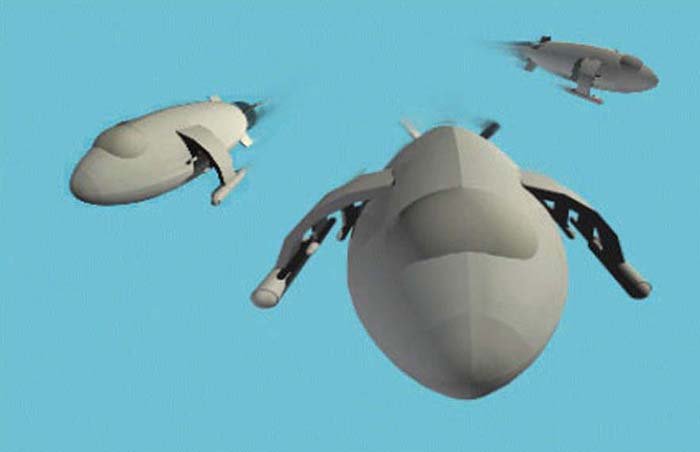
Directed Energy Weaponry
Directed Energy Weapons (DEW) is the catchall name for everything electrical and electronic that can be generated and beamed in the general or specific direction of the enemy. This includes such well-known things as lasers and microwaves, but also far spookier things like acoustic, electromagnetic, and psychotronic weapons. All of these have perfectly legitimate roles to play in warfare and under the right circumstances even enjoy the politically correct designation of “non-lethal” when used sparingly by the good guys to deal with hostile humans and their machines.
GIs who are properly DEW-equipped can call on a variety of solutions such as Office Of Naval Research’s Neuro-Muscular Disrupter to discourage mob leaders and instigators, causing them to suddenly lose control of their bowels and their balance – literally defecating and falling in it. The rest of the crowd can be strongly encouraged to leave immediately by application of the Air Force Research Lab’s Active Denial Technology, focusing millimeter-wave electromagnetic energy in very short bursts, causing the sensation of burning skin without actual injury. Then, for good measure, a HERF (High Energy Radio Frequency) gun could be fired at the video cameras to fry their circuitry.
On the other hand, there are many nightmare scenarios in the world of DEWs that are already in the hands of the bad guys. Nazi experimentation with acoustic weapons in the desperate closing months of World War II was carried forward by Stalin’s scientists who are also said to have developed various psychotronic devices such as voice-to-skull transmitters. These are said to have found very practical uses in the inhuman Soviet dictatorship, including torture and torment of jailed dissidents who, hearing strange voices in their brains, believed they were going insane.
Future Warrior will need to have the option of using all these forms of directed energy as well as having full spectrum protection against them when employed by our numerous enemies.

Robots Everywhere!
“The future battlefield will require an unprecedented level of automation in which soldier-operated, autonomous, and semi-autonomous ground, air, and sea platforms along with mounted and dismounted soldiers will function as a tightly coupled team. Robotic sensor and weapons platforms (ground and air), will be ubiquitous on the future battlefield, significantly lowering the risks to our warfighters thus allowing the Army to achieve full-spectrum dominance within the constraints of reduced manpower and casualties.” (Mixed Soldier/Small Robot Team Interaction, US Army Research Laboratory)
Robot warriors are irresistible for a rich and technologically advanced society whose population is increasingly unwilling to enter military service and notoriously intolerant of casualties. Small wonder the United States of America and its allies of the moment are spending astonishing amounts of money and effort toward the goal of automating most if not all aspects of warfare.
Once again DARPA is in the lead with a long list of general and specific programs to create and field ever-smarter and more capable robots for land, sea, air, and space combat. Since the field of robotics draws on just about every scientific discipline the roster of major players is enormous and ever-expanding, but brevity demands concentration here on just a couple.
In March of 2003 the Defense Department unveiled a billion dollar roadmap for unmanned aerial vehicles during the next 25 years with plans calling for developing joint interoperable UAV’s (unmanned aerial vehicles) that are capable of everything from surveillance to air strike. Building on the demonstrated success of the USAF’s Predator (famously taking out a carload of top al-Qaida terrorists with a Hellfire missile), the next step is already flying in the form of Boeing’s X-45, recently selected over Northrop Grumman’s X-47 Pegasus. Other members of the multi-service autonomous aerial robot family are expected to include the Unmanned Combat Armed Rotorcraft (UCAR) and all sorts of “bug bots” (insect-like flying robots).
Space and Naval Warfare Systems Center and its predecessor organizations have been involved in all this since the early 1960s. Because the US Navy and Marine Corps operate in every environment from outer space to undersea, SNWSC efforts run the full gamut from Free Swimmer II to Robart III and the MSSMP flying doughnut. These and other programs are of tangible value in today’s operational environment and provide a solid platform for other scientists working on Future Warrior systems.
See the Future Warriors on the Web at: http://www.darpa.mil
| This article first appeared in Small Arms Review V7N10 (July 2004) |



